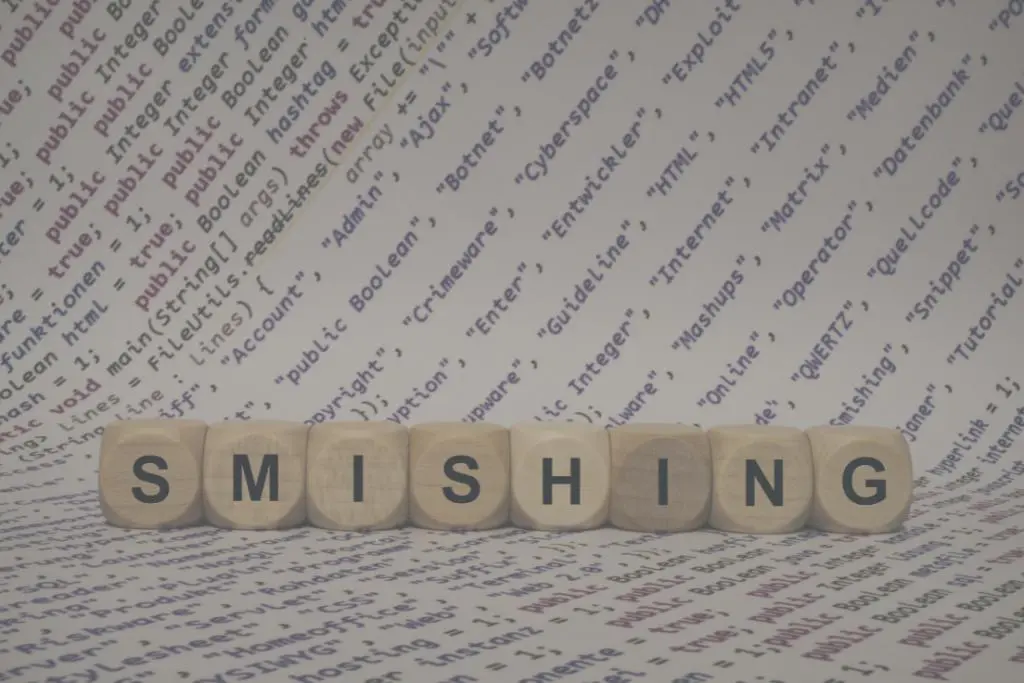In the realm of education, the concept of discovery learning has gained considerable attention for its effective approach to fostering meaningful understanding and knowledge retention.
This article delves into the core principles of discovery learning, its definition, and the influence of Jerome Bruner’s contributions.
If you’re seeking an engaging and efficient method to enhance your learning or teaching experience, read on to uncover the essence of discovery learning and its practical applications.

What is Discovery Learning?
Discovery learning is a form of constructivist learning that emphasizes students acquiring knowledge on their own through active roles and direct experience. This approach doesn’t rely on linear or final knowledge transmission; instead, it encourages students to discover knowledge through their own curiosity.
This constructivist methodology, also known as heuristic learning, was championed by American psychologist and educator Jerome Bruner in the 1960s and is rooted in cognitive psychology. It aligns perfectly with the disruptive education strategy, as we will explore further.

Before deciding on the resources to employ in implementing discovery learning in your classes, it’s important to consider the following needs:
- Clear framing of the activity.
- Student comprehension and adoption of the practice, making it interesting for them.
- Setting and communicating objectives and the means to achieve them.
- Student familiarity with the work methodology, observation processes, and result measurement and control systems.
Why is Discovery Learning important?
Discovery learning advocates for active learning, where students construct their own knowledge more naturally than other traditional methodologies, such as linear knowledge transmission.
Among its benefits are the promotion of self-esteem and the reinforcement of creativity when finding solutions. This pedagogical strategy can be greatly facilitated by the advancement of technology, which is why we aim to provide you with a detailed insight into it.
Key Principles of Bruner’s Discovery Learning
Jerome Bruner asserts that discovery learning should lead to meaningful learning, where students construct their own knowledge.
This methodology is based on the following principles:
Active Knowledge Acquisition and Motivation
Self-acquired knowledge holds a stronger place in learning and is better retained.
Furthermore, personalizing content increases student motivation by acknowledging their interests.
Subscribe today to SMOWL’s weekly newsletter!
Discover the latest trends in eLearning, technology, and innovation, alongside experts in assessment and talent management. Stay informed about industry updates and get the information you need.
Simply fill out the form and stay up-to-date with everything relevant in our field.
Investigation and Experimentation
Both investigating and experimenting are vital empirical dimensions of discovery learning.
They facilitate the consolidation of knowledge and represent the most natural way, according to Bruner, to acquire competencies.
Content Organization
By making students the origin and driving force of learning, they promote a better organization of acquired knowledge in their minds, making it readily available for future use.

Long-Term Retention
Throughout the process, experiences reinforce each other over time, promoting effective information retention.
This active learning approach places responsibility on the student, aligning with the learning-by-doing methodology.
Benefits of Discovery Learning
Discovery learning offers several advantages in a process where the teacher guides the student toward the desired outcome:
- Overcomes the drawbacks of more traditional mechanistic learning, such as student demotivation and lack of meaningful learning.
- Stimulates student intuition, which they subsequently verify by solidifying the learning themselves.
- The “learn to learn” principle encourages metacognitive strategies and critical thinking.
- Cultivates creativity in problem-solving.
- Bolsters student confidence and self-esteem.
- Facilitates content assimilation and cognitive maturity.
- Due to its dynamic nature, this type of learning yields excellent results in foreign language acquisition, for instance.
How to Implement Discovery Learning?
If you’re interested in applying discovery learning theory, you can utilize some of the tools outlined below:
Workshops
Workshops facilitate direct student experimentation, with observation and exploration taking the spotlight.
Studying cause-and-effect processes allows students to naturally and dynamically solidify their learning.
Debates and Team Projects
Debates and team projects encourage idea exchanges and are excellent for finding alternative solutions collaboratively.
They enable knowledge sharing, diversify perspectives, and encourage critical thinking.
Fieldwork
Contexts that enable students to observe their environment and interact with it, such as fieldwork, integrate learning into their reality. This dynamic becomes a driving force for learning.

Applying Discovery Learning theory
Incorporating discovery learning into the educational landscape requires a delicate balance between guidance and autonomy. Here’s how you can effectively apply this theory:
1. Design Engaging Tasks
Craft assignments that stimulate curiosity and compel students to explore. These tasks should provoke inquiry and demand active problem-solving.
2. Provide a Supportive Environment
Foster an environment where learners feel safe to explore and make mistakes. This encourages risk-taking and creativity, key aspects of discovery-based learning.
3. Encourage Collaboration
Promote group activities that encourage peer interaction and the exchange of diverse perspectives. Collaborative learning enhances the discovery process by exposing learners to alternative viewpoints.
4. Facilitate Reflection
Allocate time for students to reflect on their findings and experiences. Reflection aids in solidifying newfound knowledge and extracting meaningful insights.
Given its empirical nature, discovery learning is substantially influenced by ICT (Information and Communication Technologies) today.
It adapts well to virtual environments, which help diversify practices in education for the future through augmented reality, virtual reality, and Learning Management Systems (LMS).
In this virtual sphere, our proctoring plans become essential allies to your educational strategy, creating secure environments that respect your students’ privacy.
Request a free demo to understand why we’re leaders in the proctoring sector.
Download now!
8 interesting
facts
about proctoring
Discover everything you need about online proctoring in this book to know how to choose the best software.
Fill out the form and download the guide now.
And subscribe to the weekly SMOWL newsletter to get exclusive offers and promotions.
You will discover all the trends in eLearning, technology, innovation, and proctoring at the hands of evaluation and talent management experts.



